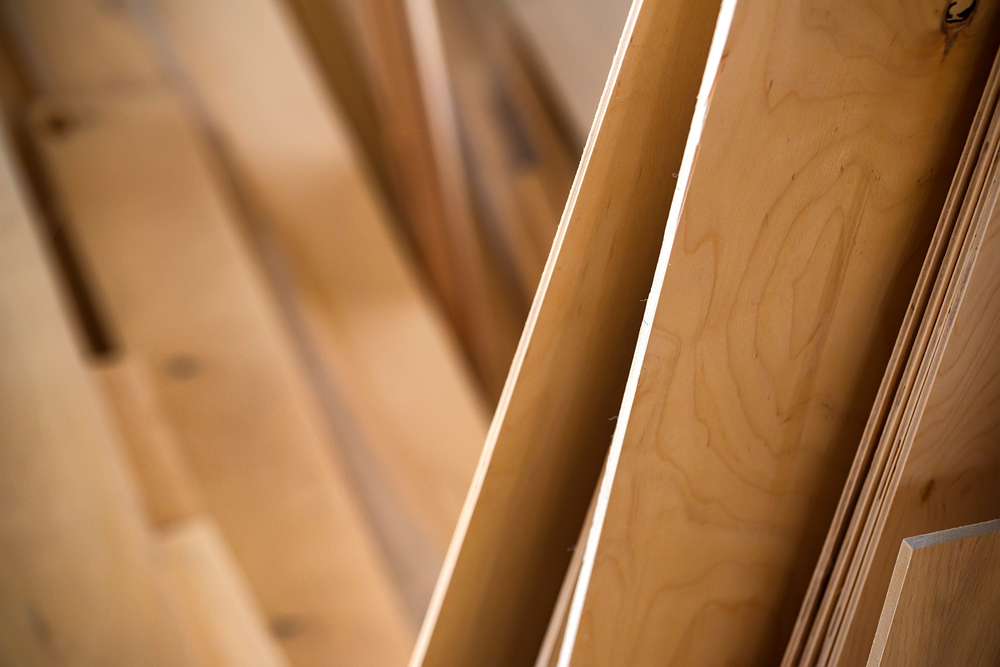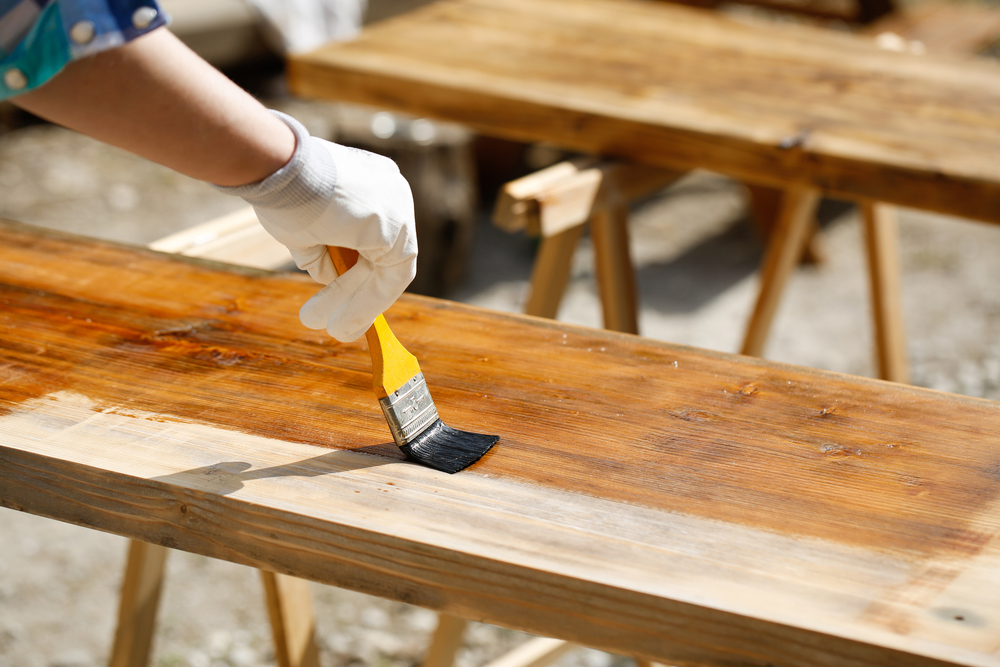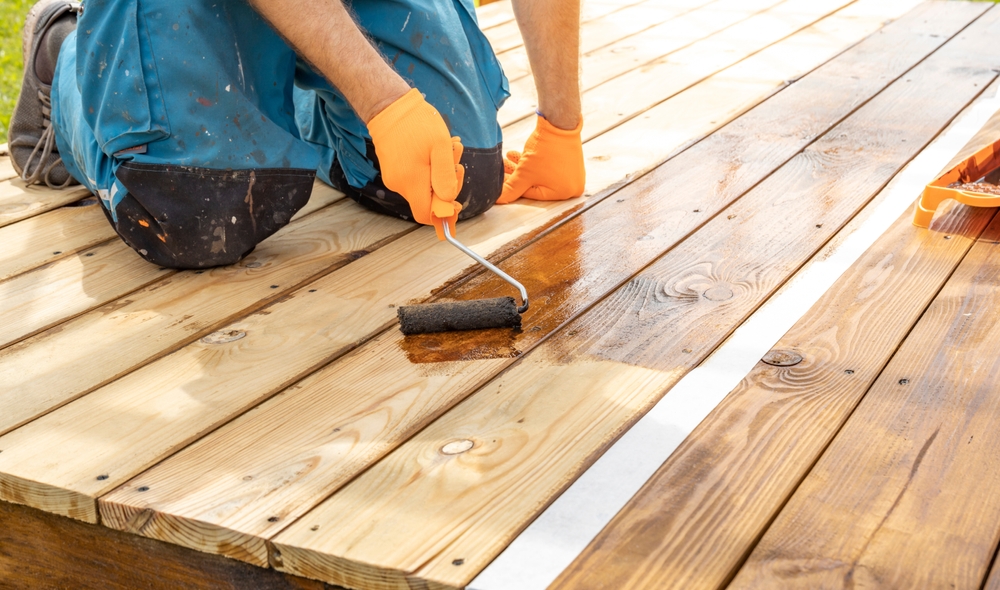Understanding Cabot Stain: A Comprehensive Guide
Cabot stain is a popular choice for homeowners and professionals looking to enhance and protect wooden surfaces. Known for its durability and rich finish, Cabot stain offers a quality solution for wood maintenance. In this article, we delve into the various aspects of Cabot stain, including its types, applications, and benefits.
What is Cabot Stain?
Cabot stain is a product designed to add color and protection to wood surfaces. It penetrates wood, highlighting its natural grains while offering a protective layer against weather elements. Cabot offers several stain types, including oil-based and water-based options, each catering to specific needs and preferences.
Types of Cabot Stains
Cabot provides a variety of stains, each formulated for specific applications or to achieve distinct finishes:
- Oil-Based Stains: These stains penetrate deeply into the wood and provide long-lasting protection. They are ideal for exterior surfaces like decks and siding. Oil-based stains tend to offer richer color and require fewer maintenance coats over time.
- Water-Based Stains: These are easier to clean up and more environmentally friendly. They dry faster and are low in odor, making them suitable for indoor applications. Water-based stains are popular for their ease of use and quick drying times.
- Solid Color Stains: Offering more UV protection than transparent or semitransparent options, solid color stains lie on the surface of the wood, covering most of the grain. They are ideal for aged wood or surfaces requiring more coverage.
- Semi-Transparent Stains: These stains offer a balance of color and visibility. They allow the wood’s natural grain to show through while providing color and protection.
- Clear Stains: While primarily for protection rather than color, clear stains enhance the natural beauty of the wood and protect it from moisture and sunlight.
Application Techniques
Before applying Cabot stain, proper surface preparation is crucial. This process often includes cleaning, sanding, and ensuring the wood is dry. The effectiveness of the stain and its longevity heavily depend on preparation.
- Cleaning: Remove dirt, mildew, and old finishes with a wood cleaner. This ensures the stain adheres well.
- Sanding: Smooth the surface with fine-grit sandpaper. This promotes even absorption of the stain.
- Drying: Ensure the wood is completely dry before applying stain. Moisture can affect absorption and the final appearance.
When applying the stain, use a brush, roller, or sprayer depending on the coverage desired and the area size. A brush or roller is useful for smaller areas or precise application. Sprayers work well for large surfaces, ensuring even coverage with less time.
Benefits of Using Cabot Stain
Cabot stain provides several advantages that make it a preferred choice among woodworkers and homeowners. The stain offers enhanced durability, allowing wooden structures to withstand harsh weather conditions. This is particularly important for outdoor decks and fences exposed to sun, rain, and wind.
The ability to highlight and enhance the natural beauty of wood is another major benefit. The choice between different finishes allows users to customize the appearance while providing the necessary protection. The stain helps prevent moisture penetration, which can lead to warping and cracking. Additionally, the UV protection offered by many Cabot stains helps prevent fading and discoloration.
Maintenance and Longevity
Maintaining wood treated with Cabot stain mainly involves regular cleaning and occasional reapplication. While oil-based stains require less frequent reapplication compared to water-based options, all types benefit from periodic maintenance to extend their lifespan. Regular maintenance helps preserve the initial color and finish, keeping wood looking fresh and inviting.
Environmental Considerations
With growing environmental awareness, many consumers are concerned about the ecological impact of staining products. Cabot has made strides in producing water-based stains with low VOC levels, which are safer for the environment and indoor air quality. These products often dry faster, with fewer emissions, making them a responsible choice for eco-conscious individuals.
Choosing the Right Cabot Stain
Selecting the appropriate Cabot stain involves assessing the wood type, exposure conditions, and desired aesthetic outcome. Outdoor projects like decks might benefit from oil-based or semi-transparent stains due to their durability. Indoor projects could use water-based or clear stains to maintain air quality and achieve a natural look.
It’s crucial to test the stain on a small, inconspicuous area before full application. This ensures satisfaction with the color and finish, preventing costly mistakes or dissatisfaction after application.
Common Questions
Many customers inquire about application frequency, color matching, and compatibility with existing finishes. While general guidelines help, individual situations vary based on weather conditions, wood type, and personal preference. Consulting with professionals or conducting research can provide tailored advice.
Conclusion
Cabot stain stands out for its versatility and ability to enhance and protect wood surfaces. With options for every wood type and project, it offers solutions that meet aesthetic and practical needs. Whether embarking on a new project or maintaining existing structures, understanding Cabot stain’s types, applications, and benefits ensures informed decisions and satisfactory results.
“`






